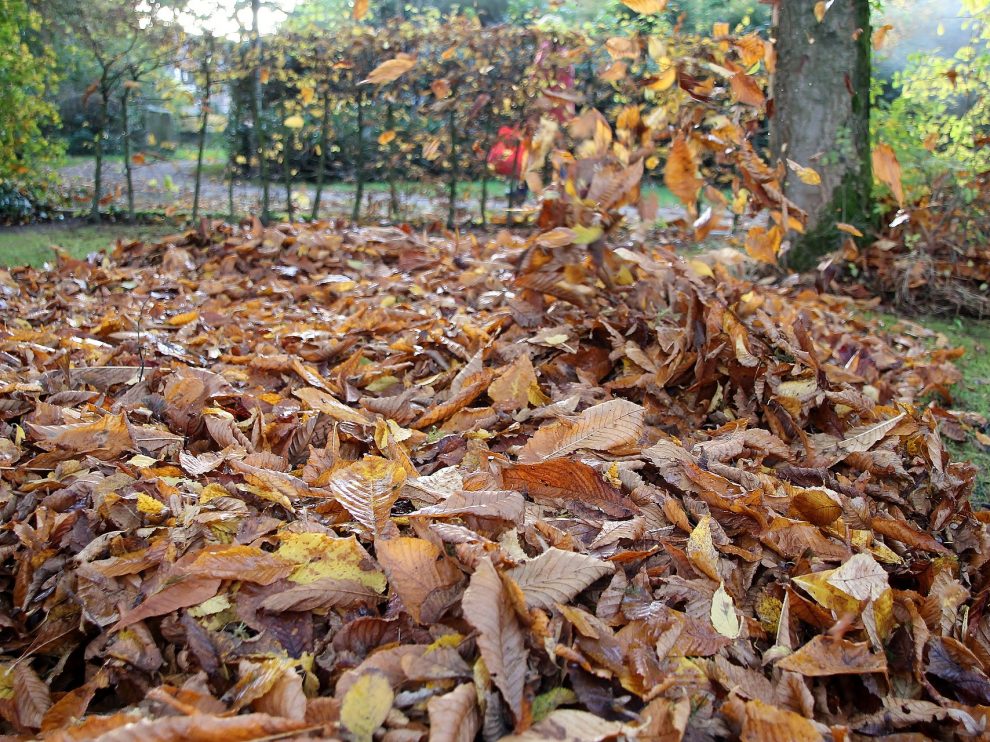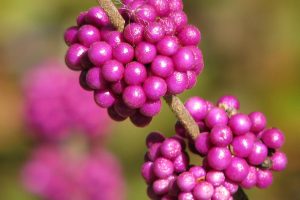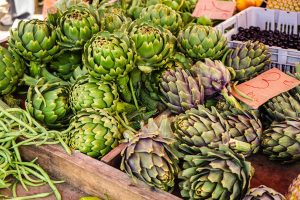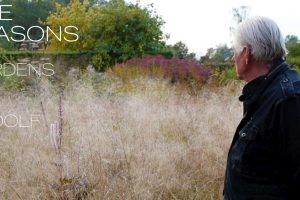7 Things for the Autumn Garden
1 Prepare Plant Beds for Next Year
If you had a desire to put in an herb garden, flower garden or any other designated spot this year, now is the time to do it! In the Autumn, grass goes dormant, so it is the perfect time to prep a bed and cover grass so it doesn’t grow in your designated bed next year.
- Mark out an area
- Cover the area as well as you can with cardboard
- Cover the cardboard with newspaper to cover any gaps
- Cover the entire area with compost and potting soil,* at least 4″ deep
*Potting soil has been heated to sterilize the soil from any germinating seeds. If creating a bed for vegetables or herbs, try and find organic soil, which is now readily available.
Wait for Spring, cover with more compost and plant. By this time the cardboard should be broken down. This method requires no tilling which disturbs the ecosystem of healthful bugs and earthworms that provide the best and most nutrient dense soil.
2. Start Your Compost for Beautiful Organic Soil in Spring
If the above section made you ask, “Compost?” have no fear, you’ll have it by Spring. If you have a wooden or metal fencing or framing for a compost bin in the garden, terrific, use it. If not, you can use a pile, under a tree, out of the way of your paths and away from the house is great. What’s goes in compost:
- Coffee grounds
- Food scraps other than any animal products (meat or dairy)
- Egg shells
- All fruit and vegetables peels, tops, ends, skins
- Leaves, and lots of them
Egg shells, banana peels and potato peels all add a nice dose of potassium to soil. Coffee grounds add nitrogen and decrease the ph balance of your soil.
Every week or so, grab a pitchfork and just give the compost a couple of turns to aerate and add oxygen as it starts to flatten and decompose into rich, dark humus matter.
3. Save Those Leaves!
Use leaves as mulch and add them to your compost. You may not want them all of your lawn’s leaves, but make a point of saving some. Use leaves around the bottom of trees instead of mulch, they encourage water retention, deter week growth, and insulate. Add leaves to compost to create aeration, and rich organic matter that turns quickly into dark, nutrient dense soil.
4. Plant Bulbs
Autumn is time to plan and plant the most popular bulb varieties for your garden. Tulips, narcissus, some crocus, hyacinth, alliums should all be planted in the Autumn. While planning a garden in soil that you won’t see for six months isn’t immediately rewarding, the display in Spring is worth it.
5. Plant Trees and Shrubs
Due to winter dormancy and warm Autumn temperatures, Autumn is the perfect time to plant any new trees and shrubs you may have planned. Additionally, Autumn is the start of a wetter season in much of the US and Canada , meaning your tree and shrub roots will establish comfortably before a winter’s rest.
6. Prune Trees
Once the leaves start falling, you want to take a look at your trees and any larger limbs that might be hanging low or look crowded. You can call a tree expert to give their professional advice and to give you an estimate. Any “tree arborist” is required to be a licensed arborists in most states. They can help you see which branches are too close to structures, may cause risk in a heavy snow and ice storm, or just be too crowded for the health of a beautiful tree.
7. Tender Perennial, Shrub and Rose Protection
If you have tender perennials, delicate shrubs or roses, now is a good time to consider how to protect them from a harsh winter. Structurally, they might need support from a winter of heavy snow. You can provide protective support with a burlap cover with twine wrapped around a shrub or rose.
As far as temperature, mulch helps maintain a more consistent temperature at a plants roots and is a good idea in Autumn for newer, younger trees and shrubs. You might also want to protect plants that are on the borderline of the low temperature/ hardiness zone for your area. Meaning if you planted a shrub that can withstand temperatures in the 6 hardiness zone and you are on a border 5/6 zone, you might want to cover with burlap and add extra mulch or leaves at the base until spring.





